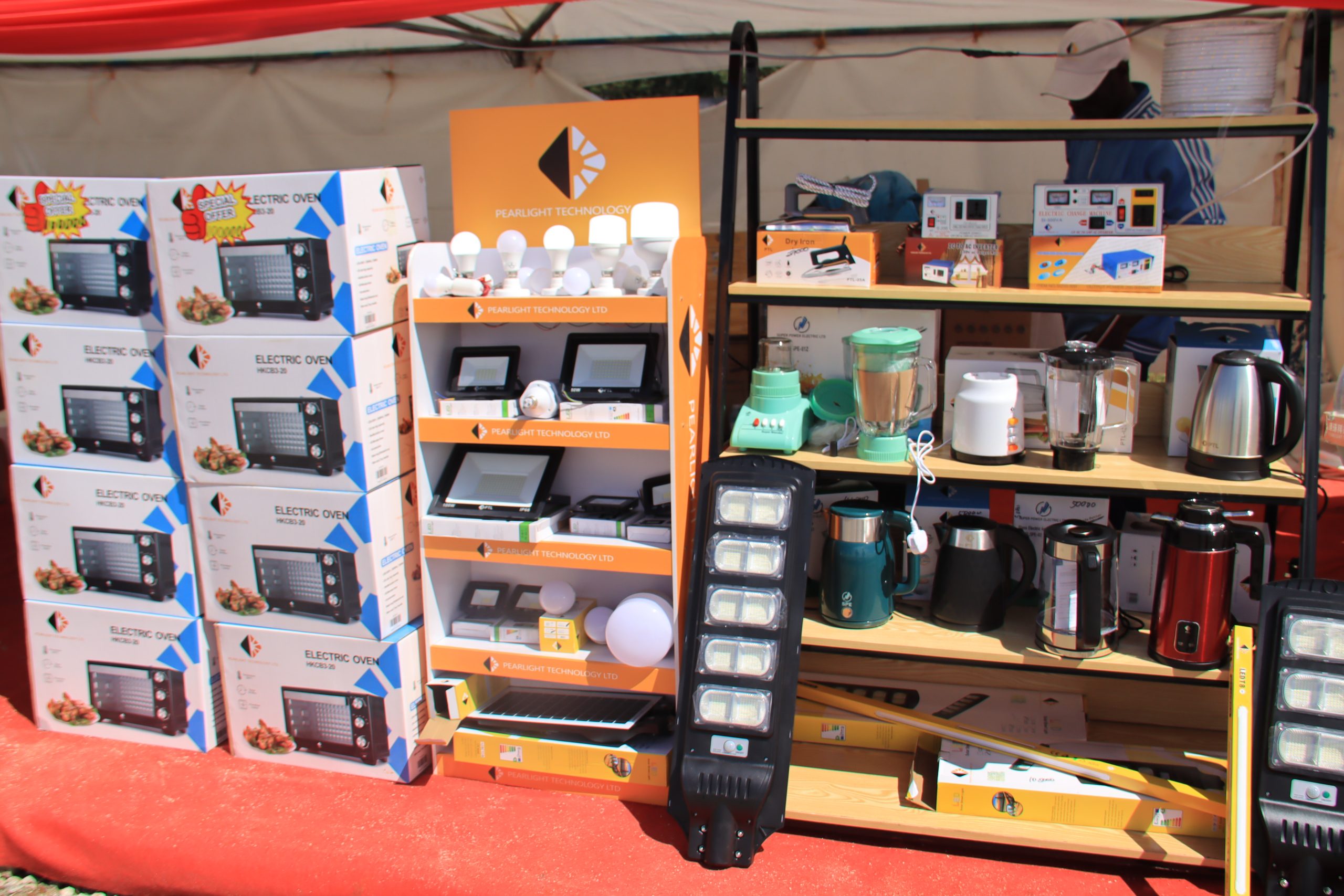Business Times UG
Uganda’s export earnings for manufactured products increased to $1.1 billion (sh4.11 trillion) in April 2025, marking a 72.1% increase from $644.90 million (sh2.39 trillion) recorded in the same month the previous year.
This remarkable performance was driven by increased external demand and improved global commodity prices, especially for coffee, gold, and cocoa.
The Ministry of Finance, Planning and Economic Development, in its May 2025 performance of the economy report, attributes this growth to a combination of stronger private sector productivity, favorable weather patterns, and improved export infrastructure.
Uganda’s exports, excluding gold and coffee, also posted notable gains, increasing by 37.2% from $315.39 million (sh1.17 trillion) to $432.81 million (sh1.60 trillion).
Compared to the previous month, export earnings grew by 23.5%, up from $899.10 million (sh3.33 trillion) in March 2025.
This indicates a healthy diversification of the country’s export portfolio as non-traditional exports such as electricity, sugar, base metals, and vanilla gained momentum.
Coffee remained Uganda’s top export, with earnings rising to $214.38 million (sh793.20 billion) in April 2025, up from $84.70 million (sh313.39 billion) in April 2024, an increase of $129.69 million (sh479.85 billion) or 153.1%.
This performance was boosted by global coffee prices, which rose by 42.3%, from $3.62/kg (sh13,394/kg) to $5.15/kg (sh19,055/kg), following poor harvests in Brazil and Vietnam. Additionally, Uganda’s export volumes increased from 391,307 to 694,318 sixty-kilogram bags, with Robusta and Arabica yields showing significant improvement.
The government’s continued investment in coffee replanting programs and farmer extension services is believed to have contributed to these results.
Month-on-month, coffee earnings rose 7.9%, up from $198.62 million (sh734.89 billion) in March 2025, largely driven by strong harvests in Masaka and South-Western Uganda. Italy remained the dominant destination, accounting for 42% of Uganda’s total coffee exports in April. Germany followed with 11.3%, while Spain, India, and Sudan took up 7.4%, 6.8%, and 4.7%, respectively.
Meanwhile, export receipts from base metals and related products also nearly doubled from $9.48 million (sh35.08b) in March to $18.84m (sh69.71b) in April. This reflects increased smelting and value-addition efforts in the mining sector.
Electricity exports also played a vital role in the month’s trade figures. Joshua Karamagi, Chief Executive Officer of Uganda Electricity Transmission Company Limited (UETCL), attributed the rise in electricity exports to increased regional demand and enhanced infrastructure.
Regionally, the Middle East emerged as Uganda’s top export destination, taking in 35.7% of the country’s exports. The United Arab Emirates alone absorbed 98.5% of this regional volume, underlining its significance as a trade partner.
The East African Community was the second largest destination with a 24.4% share, followed by the European Union at 18.5% and Asia at 16.0%. Within the EAC, the Democratic Republic of Congo accounted for 30.8% of Uganda’s regional exports, followed by Kenya at 23.3% and South Sudan at 21.2%.
While export earnings strengthened, import growth also gained ground. Uganda’s total merchandise imports rose by 30.4% year-on-year, from $948.81 million (sh3.51 trillion) in April 2024 to $1,236.90 million (sh4.58 trillion) in April 2025.
This increase was largely driven by private sector demand for non-oil imports, particularly in categories such as mineral products, vegetable and animal products, fats and oils, foodstuffs, beverages, and textiles. Compared to March 2025, imports rose by 11.2% from $1.112 billion (sh4.12 trillion), reinforcing the role of domestic demand in sustaining Uganda’s external trade.
The EAC was Uganda’s leading source of imports, contributing 32.1% of the total import bill. Within the bloc, Tanzania and Kenya accounted for 63.8% and 33.1% respectively, of Uganda’s regional imports. Asia, the Rest of Africa, and the Middle East followed, contributing 32.0%, 22.8%, and 7.4%, respectively. China and India remained dominant within Asia, accounting for 43.4% and 31.1% of Uganda’s Asian imports.
The increase in imports presents lucrative investment opportunities in import-substitution industries targeting the various imported goods.
Despite the rise in imports, Uganda’s merchandise trade deficit narrowed significantly. The trade gap fell to $126.85 million (sh469.35 billion) in April 2025 from $303.91 million (sh1.12 trillion) in April 2024, representing a 58.3% improvement. Month-on-month, the deficit contracted by $86.77 million (sh320.05 billion), mainly due to the surge in exports outpacing the increase in imports.
By region, Uganda recorded trade surpluses with the Middle East ($304.00 million or sh1.12 trillion), the European Union ($158.85 million or sh587.75 billion), and the Rest of Europe ($4.25 million or sh15.73 billion).
The narrowing trade deficit in April reflects a positive shift in Uganda’s external sector, bolstered by global market opportunities and increased domestic export capacity. However, the rising import bill and persistent deficits with key regions like Asia and Africa highlight the need for more deliberate efforts to promote import substitution, value addition, and regional trade competitiveness.
(Story reproduced from businesstimesug.com and slightly edited)
***







